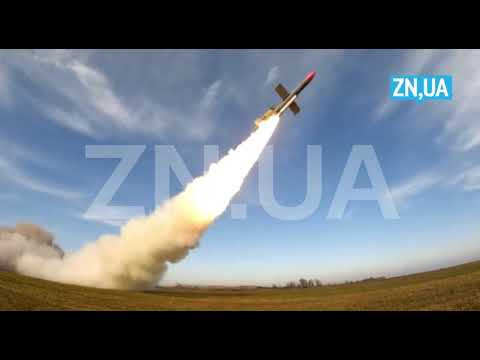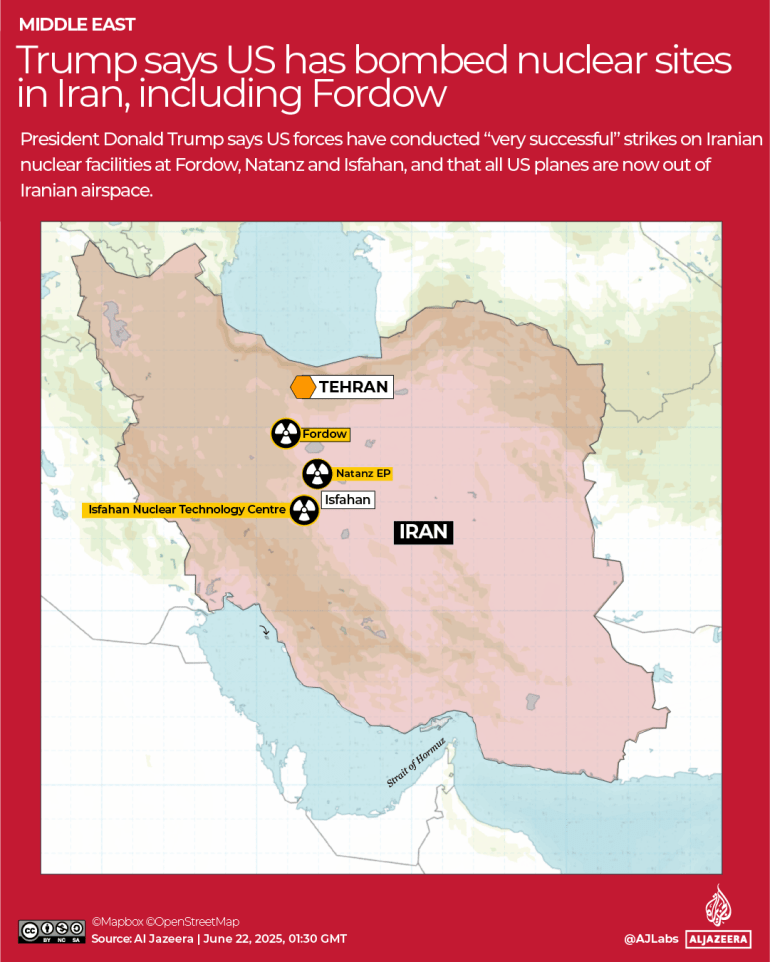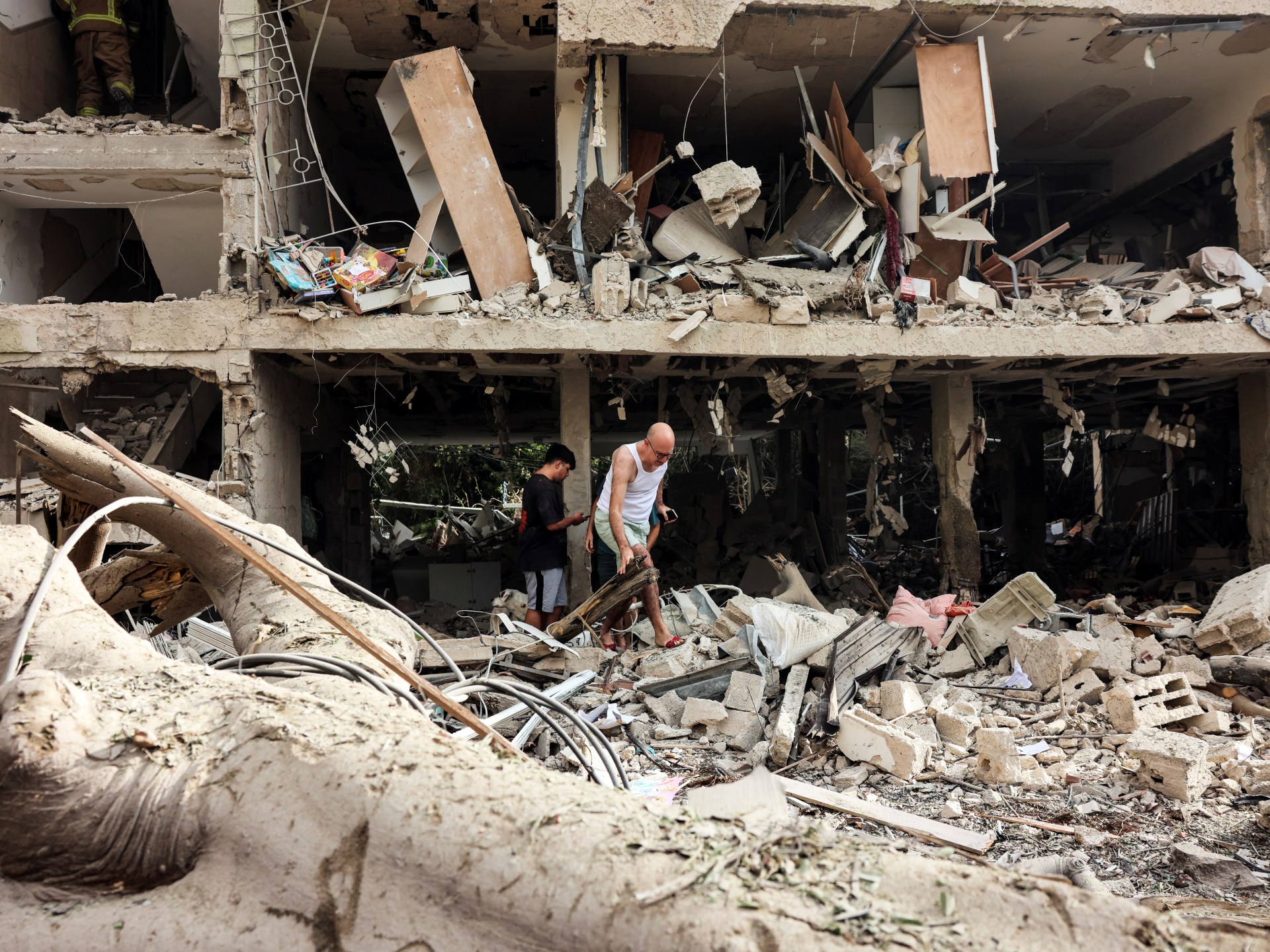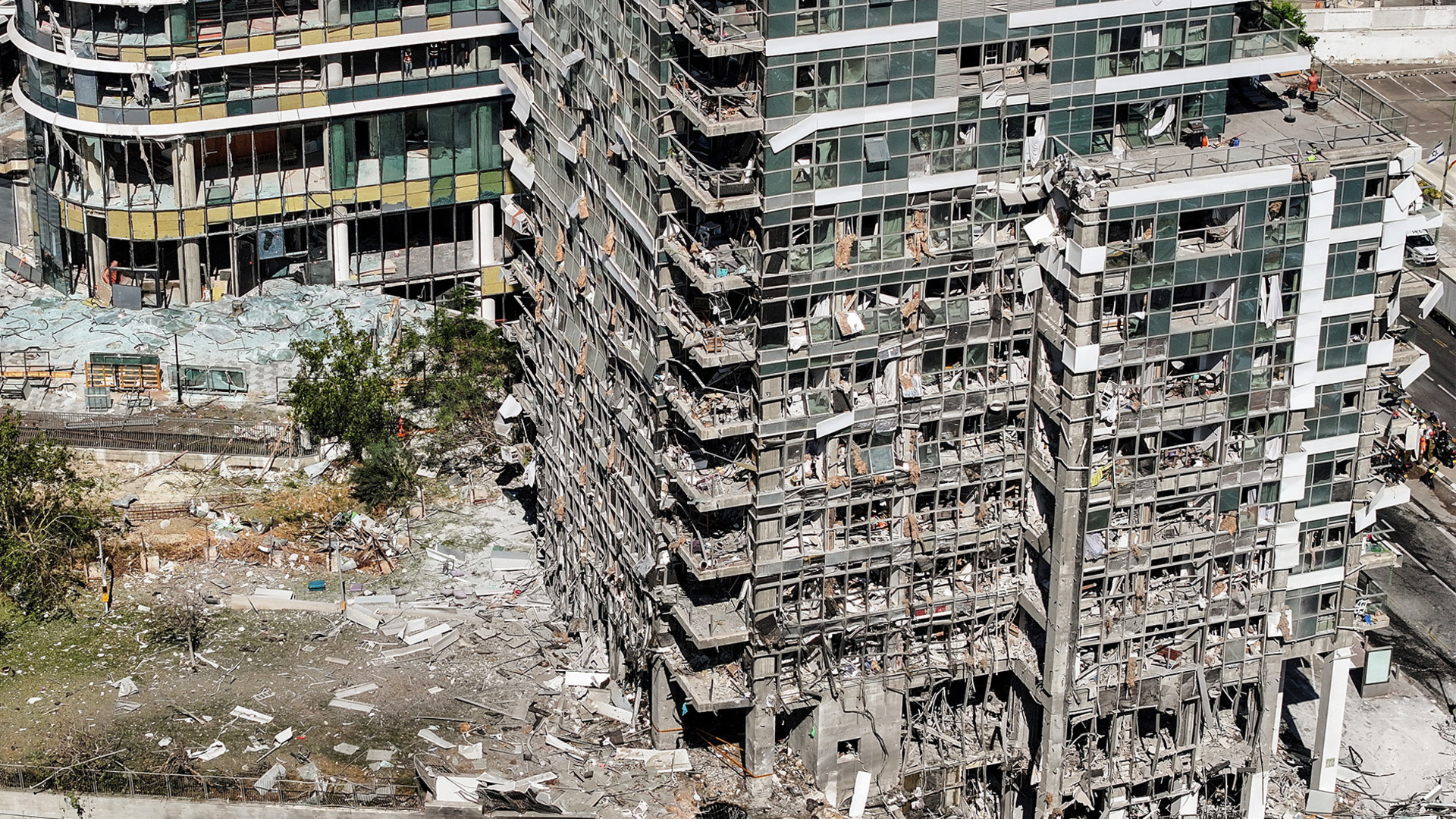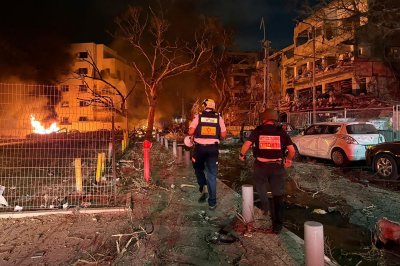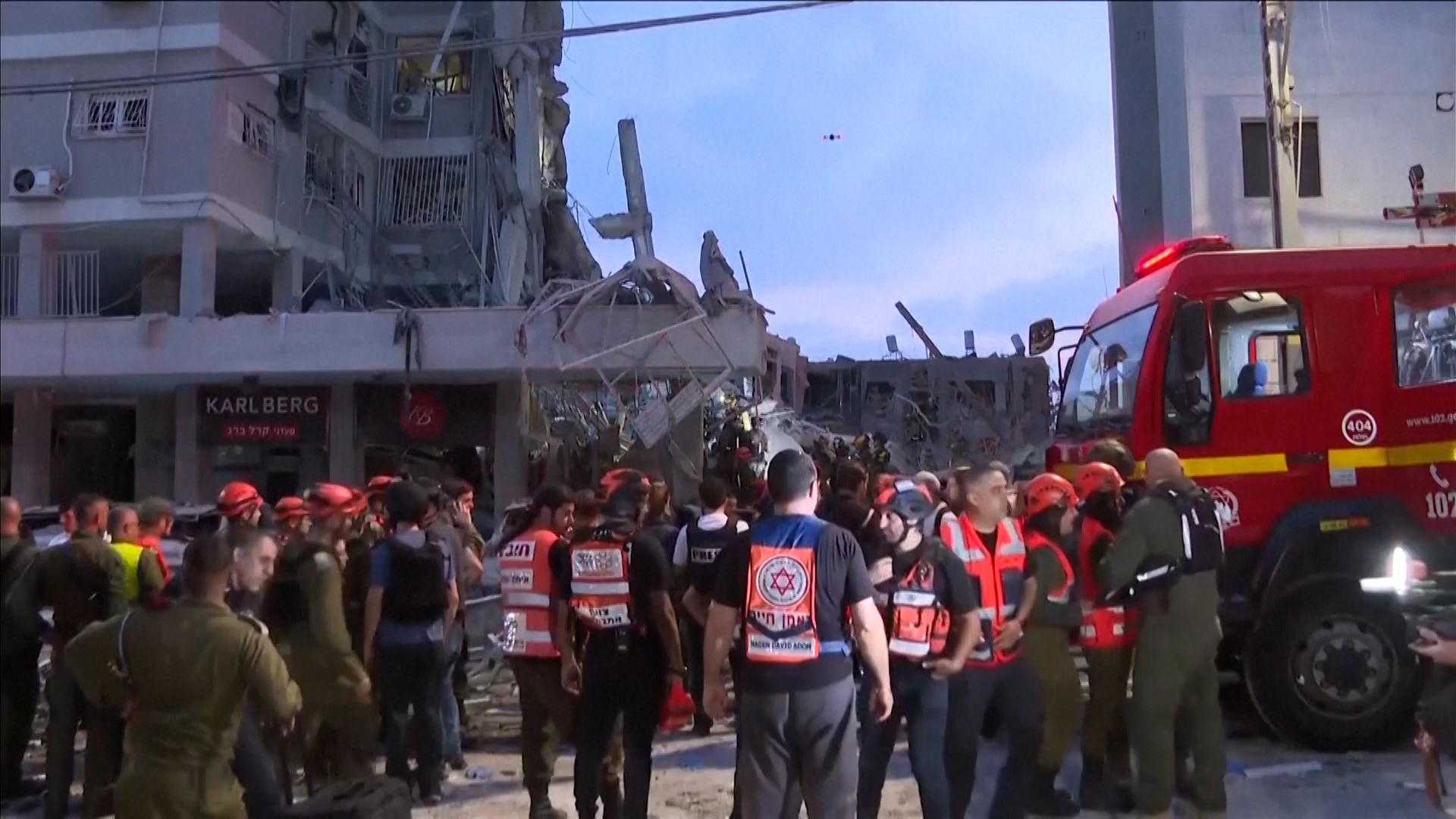Ukraine Will Receive First Of Thousands Of New U.S. Made Standoff Missiles In The Coming Weeks
Washington has approved the transfer of thousands of Extended Range Attack Munitions (ERAM) to Ukraine, which will provide the country with a powerful new and relatively low-cost standoff strike capability, it has been reported. However, it’s unclear whether Kyiv will be able to use the new weapon to strike targets deep within Russia, with unnamed U.S. officials telling the Wall Street Journal that such targets are off-limits, at least for the U.S.-donated Army Tactical Missile System (ATACMS).
According to the WSJ, the Trump administration last week approved the sale of 3,350 ERAM missiles to Ukraine. The weapons, which have a range between 150-280 miles and are stated to be air-launched, at least initially, should start to arrive in around six weeks. “Several” unnamed U.S. officials told the same publication that ERAM use would require prior approval from the Pentagon, due to the fact that it could strike targets relatively deep within Russia.

The ERAM package is said to be worth around $850 million, including undisclosed other items, with most of the funds for this coming from Ukraine’s European allies. The deal was delayed until after U.S. President Donald Trump’s summit meetings with Vladimir Putin of Russia and President Volodymyr Zelensky of Ukraine.
In January 2024, the U.S. Air Force issued its first public contracting notice regarding ERAM, a request for information (RFI), but made no mention at that time about any connection to Ukraine.
Then, in July last year, the service disclosed that Ukraine was the intended recipient of ERAM, a precision-guided air-launched standoff munition that it was poised to start developing. A request for proposals (RFP) called for proposals from 16 companies, without naming them.
Included among those 16 companies, are CoAspire and Zone 5 Technologies. Of these, Zone 5 is also involved in the U.S. Air Force’s Enterprise Test Vehicle (ETV). Under this program, the service has picked four companies to build prototypes of a relatively low-cost and readily producible missile, with the aim of informing future cruise missile concepts. This is far from the first project of this kind to explore similar and related technologies. It’s not clear if the Zone 5 offering for ETAM is the same as that for ETV.

As for CoAspire, as well as ERAM, this firm is actively involved in a jointly funded U.S. Air Force and Navy project called the Rapidly Adaptable Affordable Cruise Missile (RAACM), which has been described in very similar terms to ETV.
Once again, we don’t know at this point the exact relationship between the company’s ERAM and RAACM offerings, let alone whether either of CoAspire or Zone 5 will be building missiles for the Ukrainian contract. There are many other possibilities here, not least more than a dozen companies that we don’t know about and that were issued an RFP. Looking at the same kind of space more broadly, it is clearly a growth area among defense contractors, both well-established ones like Lockheed Martin and relative newcomers such as Anduril and Kratos.
The RFP said that ERAM would be “pivotal for accelerating Ukraine’s capability to meet warfighter needs efficiently and effectively, and provides an affordable mass weapon to be produced at scale.” The Air Force added: “The Government is seeking to prototype and adapt commercial autonomous modular open-architecture vehicle [sic] that can deliver affordable long-range effects. The resultant prototype will provide a platform that is mass producible.”
ERAM will provide the Ukrainian Air Force with an important new capacity to strike targets beyond the reach of many of the weapons currently in its arsenal, including Western-supplied precision-guided bombs. It would make Ukraine better able to hold at risk a range of Russian targets far from the front lines — command-and-control facilities, logistics hubs, military-industrial capacity, and airfields, for example — helping offset Russian advantages in terms of manpower, weaponry, and resources.
Previously, Ukraine received Joint Direct Attack Munition-Extended Range (JDAM-ER) and Small Diameter Bombs (SDB) from the United States, as well as French-made Hammer guided bombs. All of which can hit targets out to distances of around 40 to 45 miles, depending on the release envelope and other factors. Ukraine has also received smaller numbers of Storm Shadow cruise missiles from the United Kingdom and Italy, and functionally identical SCALP-EGs from France that have maximum ranges of around 300 miles.

As well as its range parameters, some other specifications for the ERAM were disclosed in the RFI. In particular, the missile will be in the 500-pound class required and will have “a top speed of no less than Mach 0.6.” The weapon is required to have a “blast/fragmentation type with at least some degree of penetrating capability and unspecified variable fuze settings.”
“The ERAM’s internal navigation system has to be ‘capable of operating in a GPS degraded environment,’” the RFI continues. “The weapon also needs to have a ‘terminal Accuracy’ of ‘CEP 50 w/in 10m’ (meaning the weapon hits within 10 meters, or around 33 feet, of the specified impact point at least 50 percent of the time) in ‘both in non-EMI (Electromagnetic Interference) and high EMI environments (includes GPS degraded).’”
Russian forces have reportedly been using electronic warfare systems to good effect against GPS-assisted guidance packages used on a variety of air and ground-launched munitions that Ukraine has received from the United States and other Western partners. The ability of standoff precision-guided munitions to still operate effectively in the face of heavy electronic warfare jamming is also an area of considerable interest to the U.S. military.
Just as important to Ukraine are the significant numbers of missiles involved: the 3,350 ERAM rounds will go some way to helping offset the huge advances in Russian long-range precision weapons capabilities, especially the Shahed/Geran one-way attack drones. At this point in the conflict, sheer capacity is becoming critical to Ukraine to keep pressure on Russia via long-range strikes.
It’s unclear what aircraft the ERAM missile will be launched from, but Ukraine has adapted its Soviet-era MiG-29 Fulcrum, Su-24 Fencer, and Su-27 Flanker tactical jets to deliver Western-supplied precision ordnance. The MiG-29 and Su-27 have also been fitted with specialized pylons and tablet-based cockpit interfaces that make it easier to employ GPS-guided weapons. The Ukrainian Air Force has also received second-hand F-16s, which would be another possible candidate. It should also be noted that while publicly released answers to questions from prospective ERAM vendors have specifically discussed launch from aircraft, this might be just one mode of launch for what is already shaping up to be a highly modular weapon.

Last year, Lt. Gen. Serhii Naev, commander of the Joint Forces of the Armed Forces of Ukraine, said that unspecified air-to-ground missiles with ranges of between 186 to 310 miles were expected to be provided to arm the F-16. While it’s possible he may have been referring to ERAM, there are other possibilities, as TWZ explored at the time.

Another key aspect of the original RFI was the requirement that 1,000 examples of the new missile could be built within two years, for an average production output of around 42 per month.
This also relates to increasing U.S. military interest in weapons, especially those with standoff range, that can be rapidly developed and then their production capacity and stockpiles scaled up, something that is seen as vital when it comes to planning around a potential future high-end conflict with China.
With that in mind, ERAM should also be a very useful real-world learning opportunity for the United States.
Most immediately, though, the ERAM missile helps meet Ukrainian demand for weapons that can engage targets deeper behind the front lines, reducing the launch aircraft’s exposure to highly capable Russian air defenses. Potentially, depending on its propulsion system and flight profile, Ukrainian pilots might be able to launch ERAM from lower altitudes, further improving their chances of survival, and still hit targets at extended distances. For now, these details about the weapon remain unknown.

Then there is the consideration about what kinds of targets the Pentagon will allow Ukraine to go after with ERAM.
Citing two unnamed U.S. officials, the WSJ reports that, “for months,” the U.S. Department of Defense has prohibited Ukraine from using long-range missiles to strike targets deep within Russia. Since late spring, the report continues, Ukraine has been blocked from using ATACMS against targets in Russia.
On at least one occasion, a Ukrainian request to use ATACMS against a target on Russian territory was rejected, the two officials said.
In his final year in office, President Joe Biden finally authorized Ukraine to use ATACMS to strike objectives in Russia, starting with the Kursk region, where Kyiv launched a ground advance into Russia, before extending that authorization into other areas, according to reports. There remains some confusion here, however, since the U.S. State Department has also said that its policy on Ukraine’s use of long-range weapons had not changed.

The apparent policy change by the Trump administration seems to be connected to efforts to bring the Kremlin into peace talks and find a resolution to the conflict.
Amid the latest reports on weapons restrictions, Zelensky has talked up Ukraine’s ability to strike targets in Russia using domestically produced weapons.
“At present, honestly, we are using our long-range weapons of domestic production,” Zelensky said, during a press conference with Canadian Prime Minister Mark Carney. “And lately, we have not been discussing such matters with the U.S.,” he added.
Zelensky’s words follow the public unveiling of the locally produced Flamingo ground-launched long-range cruise missile last week. This weapon has a reported range of 1,864 miles (3,000 kilometers) and a powerful warhead, making it a much farther-reaching and more destructive weapon than any missile or one-way-attack drone available to Ukraine now.
Since then, Ukraine has shown off another long-range cruise missile from domestic production. This is the so-called Long Neptune, an extended-range version of the land-attack version of the Neptune anti-ship missile. Ukraine famously used Neptune missiles to sink the Russian Navy’s Slava class cruiser Moskva in 2022 and reportedly began developing a new land-attack version in 2023.
In the past, the maximum stated range of the anti-ship version of Neptune has been said to be around 190 miles (300 kilometers). A Ukrainian defense official told TWZ that the original land-attack version could have a range of up to 225 miles (360 kilometers). With its extended body having capacity for additional fuel, Zelensky has said the range of the Long Neptune is in the region of 620 miles (1,000 kilometers). Meanwhile, the Ukrainian president says that the new version has already been tested in combat.
For the time being, it’s unclear to what degree Ukraine will be able to use ERAM missiles against targets deeper inside Russia.
Even without that possibility, however, the new weapon will be of value to Ukraine, and its relevance also extends to the U.S. military.
In addition, while the Air Force says ERAM is ostensibly for Ukraine, it is not hard to see how the service or other branches of the U.S. military might also be interested in this weapon.
Already, the Pentagon is looking to develop and field weapons in this class, and domestic interest in the ERAM would not be surprising.
There are, meanwhile, U.S. efforts aimed at reducing costs and speeding up large-scale production of other systems, especially uncrewed platforms, which also parallel plans to prepare missile stockpiles for any future high-end conflict, especially one against China.
In the immediate future, the lower-cost, easier-to-produce ERAM should provide a significant boost to the Ukrainian Air Force. Looking further ahead, weapons like this may well be critical to the U.S. military’s potential to wage war against higher-end adversaries.
Contact the author: [email protected]





